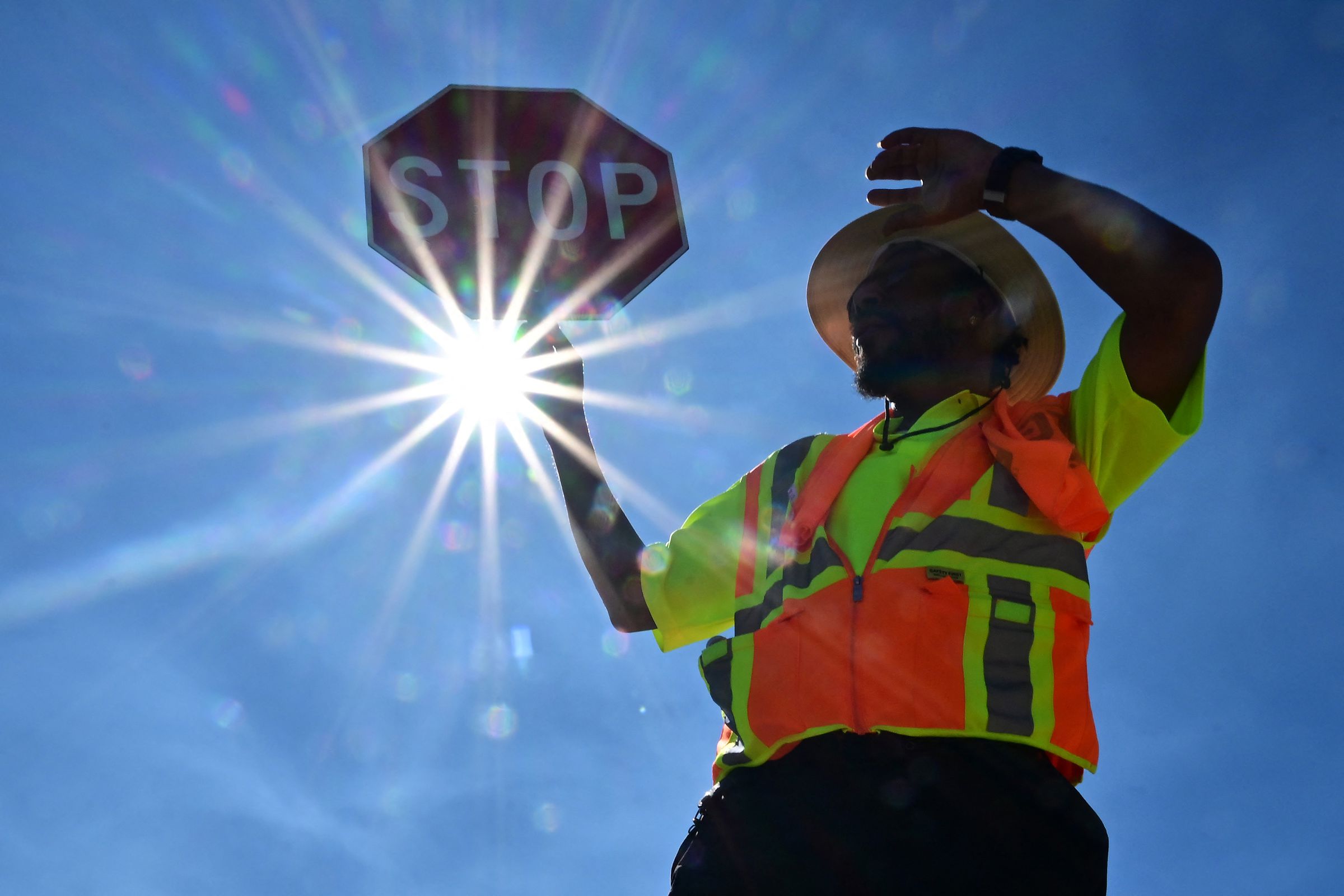

The Biden administration says it will propose new rules today to protect workers from the deadliest weather-related risk Americans face: extreme heat. The Department of Labor’s Occupational Safety and Health Administration (OSHA) is expected to post its new heat protections on the federal register today, Biden administration officials said on a press call yesterday.
The rules are supposed to prevent heat-related illnesses and deaths on the job. Heat already kills far more people in the US than hurricanes, floods, tornadoes, or any other weather-related disaster. Global warming is only making the problem worse, leading to longer, more frequent, and more intense heatwaves. The proposed rules are meant to enable workplace protections to catch up with that reality.
Under the new rules, employers would need to craft plans to prevent heat injury and illness. That includes designating a heat safety coordinator and having procedures in place to respond to symptoms of heat illness like muscle cramps, nausea, and fainting.
They’d also have to monitor workplaces for potentially dangerous conditions. A heat index of 80 degrees Fahrenheit, which takes into account both heat and humidity, would trigger a set of requirements to keep workers safe. Employees working in that heat would need access to drinking water and a break area where they can cool down, for instance. A heat index of 90F or higher would trigger more requirements, including paid 15-minute breaks every couple of hours on the job. Rest breaks can help people acclimatize to the heat, according to Biden administration officials on the call.
The rule is expected to cover some 35 million workers who are routinely exposed to heat risk — including people who work in construction, agriculture, and other jobs outdoors. It doesn’t cover teleworkers or folks who work indoors with air conditioning that consistently keeps temperatures below the heat index thresholds laid out in the rules. Nor does it include state and local public employees who are not covered by OSHA or certain emergency responders.
The proposal is already a few years in the making — the Biden administration announced that it would start the rulemaking process back in September 2021. “While we have all seen the graphic and heart-wrenching images of super-storms, wildfires, and floods in recent weeks, another climate disaster is lurking just below the radar: extreme heat,” President Joe Biden said in a statement at the time.
You could use the same words to describe more recent disasters, including Hurricane Beryl tearing through the Caribbean this week and a heatwave exacerbating raging blazes in California. Nearly 83 million people are currently under heat alerts in the US, roughly a quarter of the nation’s population. Biden plans to convene a White House Summit on Extreme Heat later this summer, according to a fact sheet released today.